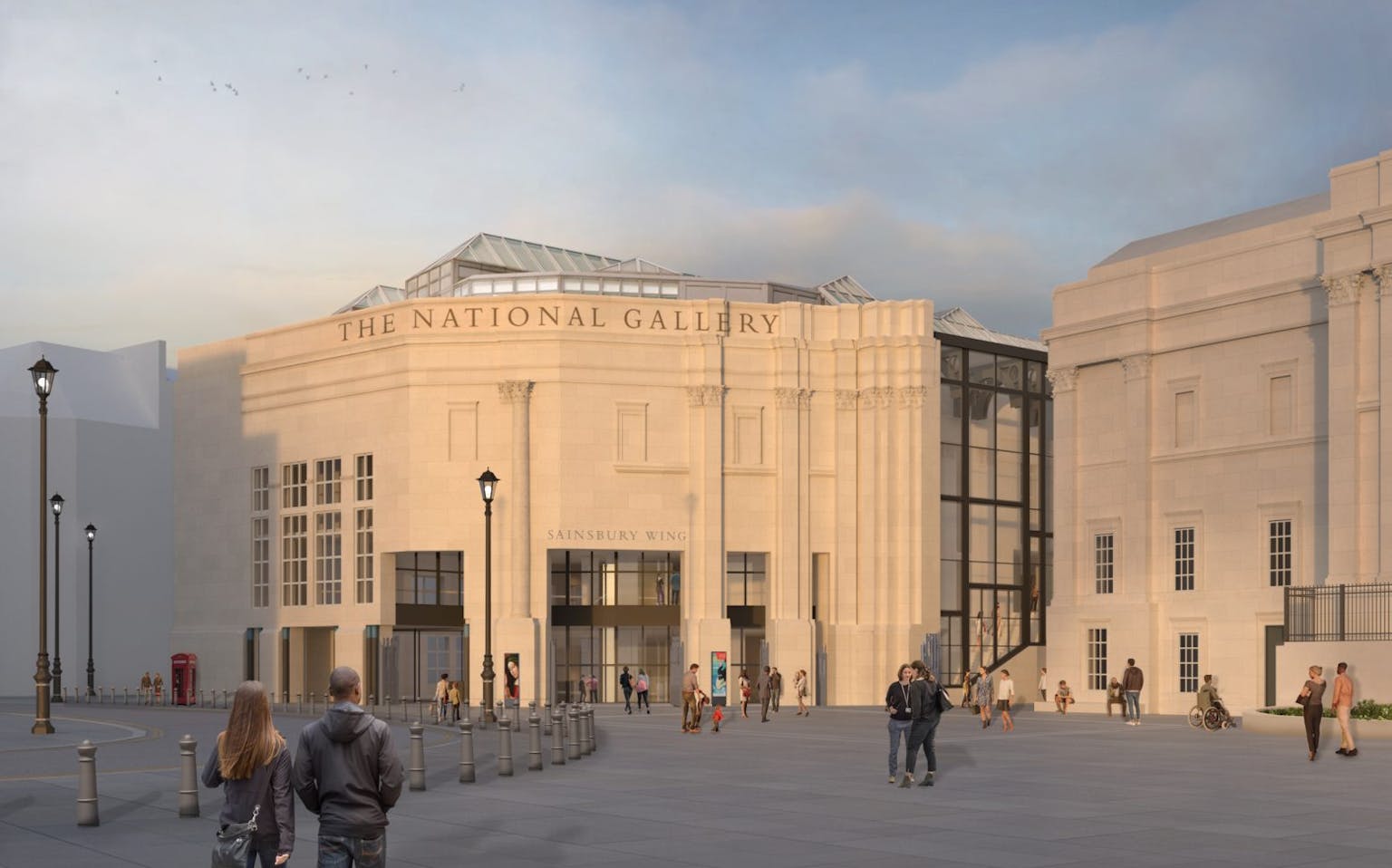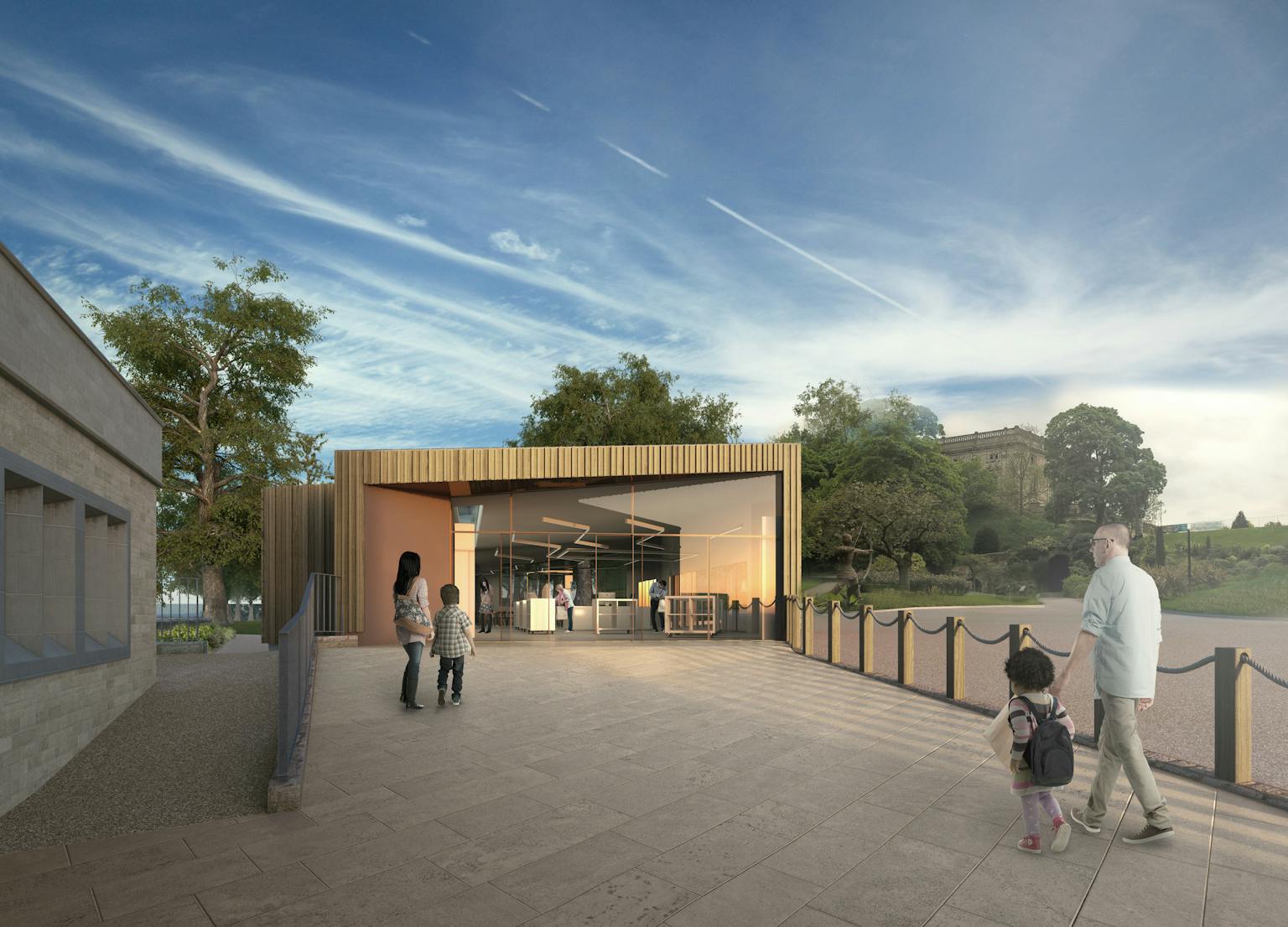Why is visualisation so important for architecture?

We elaborate on why visualisation is so important in architecture to engage an audience.
From residential properties to places of worship, Purcell’s work across many sectors calls for a flexible approach to architectural illustration and the way we represent built and unbuilt places.
Why is visualisation so important for architecture?
Visualisation can be key to communicating a project to the client and to the public. Where plans and section CAD drawings may only obfuscate a design for a client, a visualisation can immediately communicate the architecture in a clear and impactful manner. The design process becomes something that’s understandable for clients and accessible for the public.
What does an architectural visualiser do?
At Purcell we work on a great range of projects and to work on buildings with huge historic and cultural significance. We design a range of digital graphics for heritage buildings from all periods.
How will visualisation evolve in the future?
The future of visualisation promises to make unbuilt architecture even more accessible to the public. Augmented and virtual reality technologies have made these spaces even more appreciable and deliver these experiences over the web to people’s personal devices, and this will only develop further.
Nottingham Castle is set in beautiful grounds and our goal with this visual was to make the visitor’s centre sit harmoniously in the landscape. We made an autumnal scene to bring the warm tones of the visitors centre to the fore. The visitor’s centre sits in the foreground of the image with Nottingham Castle visible above the treeline in the background, showing the relationship between the two buildings.

For St Mary Redcliffe in Bristol, we needed to create an illustration that would communicate the purpose of the project to the community. We needed a way to help them imagine the space which impacted the development of the design scheme, and the relationships of the old and new spaces.
The Royal Artillery Museum celebrates engineering achievements and tells the ecological story of the landscape on which the regiment trains. It brings together a significant collection to a new scheme on the historic Salisbury Plain site. With visualisation, we could present the client with an image that captured the contrast between massive structure and delicate ecosystem. Here, the 20m cantilevered entrance that would shelter the world’s largest surviving military gun is shown at home amongst the wild flowers.

